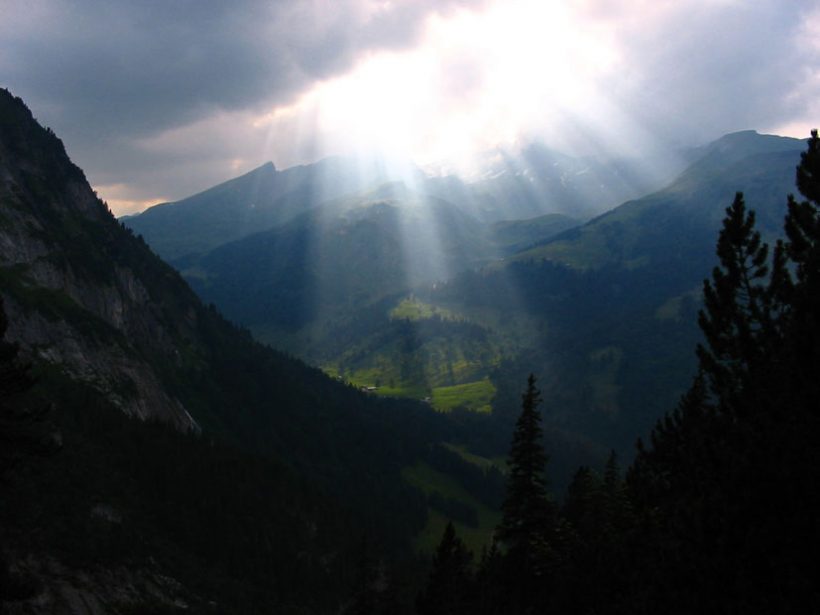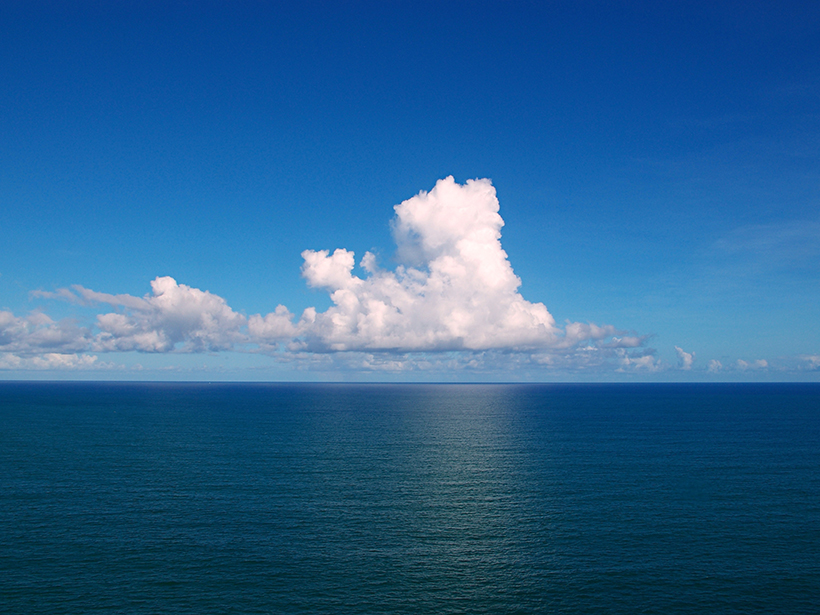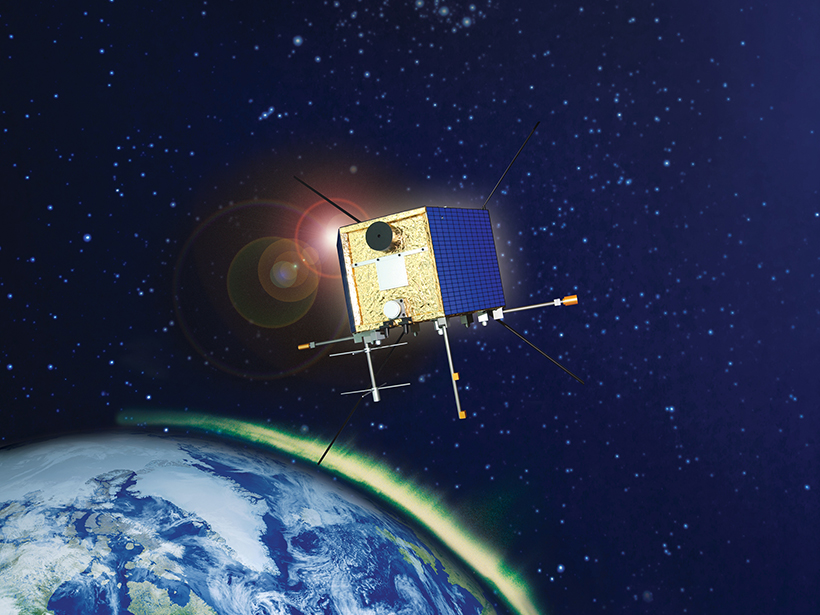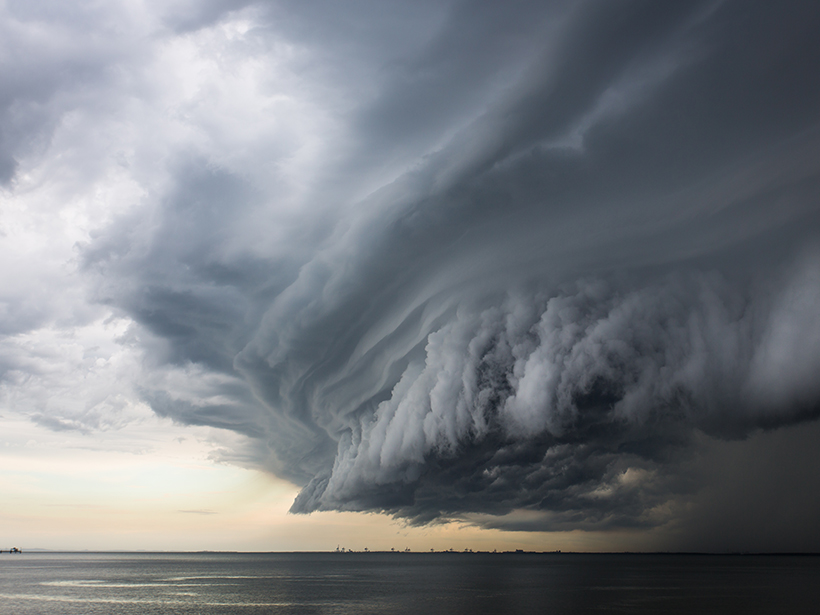Researchers explain how a new radiative scheme can be incorporated into global weather and climate models to better capture the effect of clouds on climate.
everything atmospheric
How Sea Surface Temperatures Affect an Atmospheric Phenomenon
New research sheds light on the complex interplay between the atmosphere and the ocean and how both affect the Madden-Julian Oscillation.
Scientists Map Temperature and Density in Earth’s Exosphere
Data from multiple orbiters give a clearer picture of how density and temperature interact and what that could mean for future satellite missions.
Does Water Vapor from Volcanic Eruptions Cause Climate Warming?
By studying past volcanic eruptions, scientists find that the amount of water vapor reaching the stratosphere during moderately explosive eruptions may not be contributing to the greenhouse effect.
Tracking Ions at the Edge of the Atmosphere
The first results from a recently launched satellite hold promise for studying solar storms, the very top of Earth's ionosphere, and how the atmosphere is evolving.
Volcanic Eruptions Stir an Already Complex Atmosphere
A study of Earth's atmospheric response to major volcanic eruptions seeks to reconcile contradictions between observations and climate models.
Characterizing Climate Fluctuations over Wide-Scale Ranges
Scale and Scaling in the Climate System; Jouvence, Quebec, Canada, 5–7 October 2015
Mysteries of the Magnetosphere
Scientists investigate how dipolarization fronts in Earth's protective magnetosphere interact with the environment around them.
Antarctica's Ozone Hole Is Healing, Scientists Say
The ozone hole over Antarctica has shrunk by 16% since its peak in 2000, and some suspect it may disappear entirely by midcentury.
What Causes Heavy Rainfall?
Scientists investigate atmospheric conditions that correlate to heavy rainfall in the midlatitudes.








